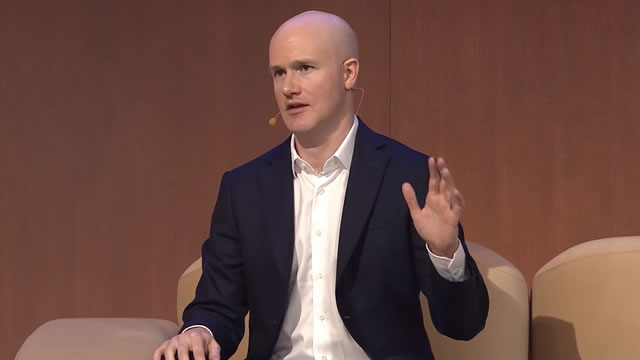The Triple Threat: Healthcare Inflation, Aging Population, and Chronic Illnesses
The healthcare industry in the United States has been experiencing a significant rate of inflation that outpaces the Consumer Price Index (CPI). This trend is not a new development, but rather a persistent issue that shows no signs of abating.
Innovation and Demand
One of the primary drivers of healthcare inflation is innovation. New medical technologies, treatments, and procedures are constantly being developed to improve patient outcomes and quality of life. However, these advancements often come with a hefty price tag. Additionally, as more people demand access to these innovative healthcare solutions, the cost of providing them increases.
Shortage of Providers
Another factor contributing to healthcare inflation is the shortage of healthcare providers. With an aging population and a growing number of people living with chronic illnesses, there is an increasing demand for healthcare services. However, there are not enough healthcare professionals to meet this demand, leading to higher wages and salaries for existing providers.
Rising Chronic Illnesses
The third factor fueling healthcare inflation is the rising prevalence of chronic illnesses. Chronic conditions such as diabetes, heart disease, and cancer require ongoing medical care and treatment, which can be costly. As the population ages and more people develop chronic conditions, the demand for healthcare services and the associated costs continue to rise.
Personal Implications
For individuals, the rising cost of healthcare can have significant financial implications. Healthcare expenses can eat into disposable income and make it challenging to save for retirement or other financial goals. In response to this trend, some people are turning to income investing as a way to ensure consistent returns and maintain financial flexibility.
Income Investing
Income investing involves investing in assets that generate regular income, such as dividend-paying stocks, bonds, or real estate investment trusts (REITs). This investment strategy can provide a steady stream of income that can help offset the rising cost of healthcare and other essential expenses.
- Dividend-paying stocks: Companies that pay dividends to shareholders can provide a reliable source of income. Dividends are typically paid out on a regular basis, making them an attractive option for income investors.
- Bonds: Bonds are a type of fixed-income investment. When you buy a bond, you are essentially lending money to an entity (such as a corporation or government) in exchange for regular interest payments and the return of the principal amount when the bond matures.
- Real Estate Investment Trusts (REITs): REITs are companies that own and operate income-generating real estate properties. They pay out a significant portion of their income to shareholders in the form of dividends.
Global Implications
The rising cost of healthcare is not just an issue for individuals in the United States, but a global concern. Many countries are grappling with similar challenges, as their populations age and the prevalence of chronic illnesses increases. This trend is putting pressure on governments and healthcare systems to find ways to provide affordable and accessible healthcare to their populations.
Government Policies
Governments are implementing various policies to address the rising cost of healthcare. For example, some countries have implemented universal healthcare systems, which provide coverage for all residents regardless of their ability to pay. Other countries are focusing on cost containment measures, such as negotiating lower prices for prescription drugs and implementing price transparency measures.
Technological Advancements
Technological advancements are also playing a role in addressing the rising cost of healthcare. Telemedicine, for example, allows patients to consult with healthcare professionals remotely, reducing the need for in-person visits and saving on travel costs. Telehealth technologies, such as wearable devices and remote monitoring, can help manage chronic conditions more effectively and reduce the need for hospitalizations.
Conclusion
The rising cost of healthcare is a complex issue that is impacting individuals and governments around the world. Innovation, demand, and a shortage of providers are major contributors to this trend. However, there are steps that individuals and governments can take to mitigate the financial impact of healthcare inflation. Income investing, for example, can provide a reliable source of income to help offset the cost of healthcare and other essential expenses. Additionally, governments are implementing policies and technological advancements to make healthcare more affordable and accessible to their populations. Despite the challenges, there are reasons for optimism that we can find solutions to address the rising cost of healthcare and ensure that everyone has access to the care they need.
Stay informed and stay healthy!





